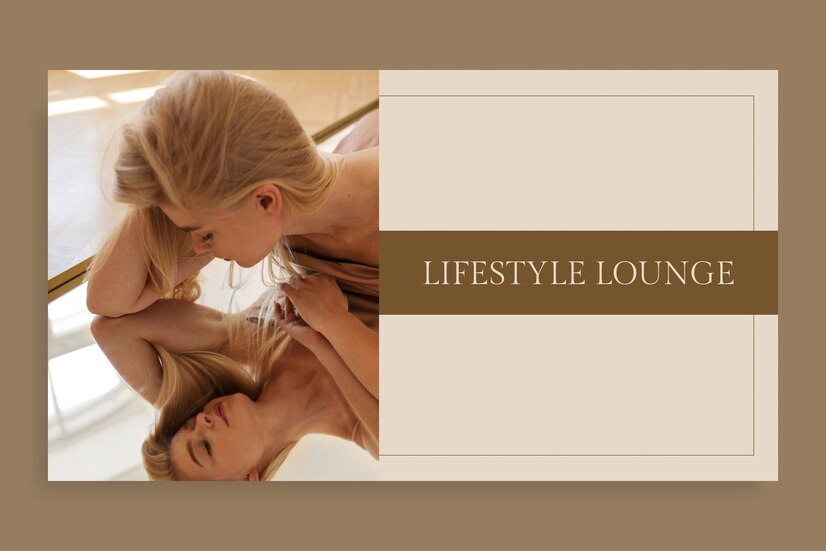Introduction to Milḫu Origin, Significance, and Modern Relevance
Milḫu is a practice steeped in history, yet its relevance persists in today’s world. Whether you’re a seasoned enthusiast or a curious novice, understanding milḫu can provide deep insights into its cultural significance and modern-day applications. This blog post will unravel the origins, techniques, health impacts, and pop culture representations of milḫu. By the end, you’ll have a comprehensive understanding and perhaps a newfound appreciation for this age-old tradition.
Historical Context The Practice and Significance of Milḫu in Ancient Civilizations
Milḫu has roots that run deep into ancient civilizations, where it was more than just a practice—it was a way of life. In societies from Mesopotamia to ancient China, milḫu held significant cultural, spiritual, and practical value. Archaeological findings suggest that milḫu was often linked to rituals, ceremonies, and daily life.
For example, the Sumerians used milḫu techniques in their elaborate burial rituals, believing it would help in the afterlife. Similarly, ancient Egyptians incorporated milḫu in their mummification processes, emphasizing its importance in preserving and honoring the dead. These historical contexts not only highlight the rich tapestry of milḫu’s past but also set the stage for understanding its evolution.
In many ways, these ancient practices have influenced modern interpretations and uses of milḫu, adding layers of meaning and depth to what might otherwise be seen as purely historical curiosity. The interplay between the past and present continues to shape our understanding and application of milḫu today.
Modern Milḫu How the Tradition Has Evolved and Adapted in Contemporary Societies
The practice of milḫu has not been confined to the annals of history. Instead, it has evolved and adapted, finding new life and relevance in contemporary societies. Today, milḫu is practiced in various forms across the globe, each with its unique twist while retaining core elements.
In modern times, milḫu has found its way into wellness and holistic practices. Many people use it for its purported health benefits, incorporating it into daily routines for mental clarity and physical well-being. The materials and methods may have evolved, but the essence remains the same.
Additionally, the rise of social media has brought milḫu into the digital age, allowing practitioners to share techniques, tips, and experiences with a global audience. This online community has helped preserve traditional methods while also welcoming innovation and adaptation, making milḫu accessible to anyone interested in exploring this fascinating practice.
Milḫu Techniques A Detailed Look at the Methods and Materials Used in Milḫu
Understanding milḫu requires a closer look at the techniques and materials involved. Traditional milḫu often utilized natural elements like plants, minerals, and animal products, each chosen for its specific properties and significance. These materials were meticulously prepared and applied using time-honored methods passed down through generations.
In contemporary milḫu, the focus has shifted toward sustainability and ethical sourcing. Organic and eco-friendly materials are now preferred, aligning with broader environmental concerns. This shift not only ensures the practice’s longevity but also makes it more accessible and responsible.
Techniques have also evolved, incorporating modern tools and technologies. However, the core principles—patience, precision, and respect for the materials—remain unchanged. Whether you’re a beginner or an experienced practitioner, mastering these techniques can deepen your appreciation and enhance your practice of milḫu.

Health and Environmental Impact The Positive and Potentially Negative Effects of Milḫu on Individuals and the Environment
Milḫu offers numerous health benefits, from physical relaxation to mental clarity. Many practitioners report improved focus, reduced stress, and a sense of well-being. These benefits make it a popular choice for those seeking holistic wellness practices.
However, it’s essential to consider potential negative effects. Improper techniques or materials can lead to health issues, making it crucial to follow guidelines and consult experts. Additionally, the environmental impact of sourcing materials cannot be overlooked. Sustainable practices are vital to ensuring that milḫu remains a positive force for both individuals and the planet.
By adopting eco-friendly methods and being mindful of the materials used, practitioners can minimize negative impacts and maximize the benefits, making milḫu a truly harmonious practice.
Tips for Engaging in Milḫu A Guide for Beginners and Enthusiasts, Including Safety Precautions and Sustainable Practices
If you’re new to milḫu or looking to refine your practice, these tips can help you get started and ensure a safe, enjoyable experience. First, research and choose high-quality, sustainable materials. This not only benefits the environment but also enhances the effectiveness of your practice.
Next, take the time to learn proper techniques. Consider joining classes, workshops, or online communities to gain insights from experienced practitioners. Practice patience and consistency, as mastery comes with time and effort.
Lastly, prioritize safety. Follow guidelines for material handling, and be aware of any potential allergies or sensitivities. By taking these precautions, you can enjoy the full benefits of milḫu while safeguarding your health and well-being.
Milḫu in Pop Culture The Portrayal of Milḫu in Media, Art, and Entertainment
Milḫu has made its mark in pop culture, appearing in movies, TV shows, literature, and art. These portrayals have helped bring the practice into the mainstream, sparking interest and curiosity among diverse audiences. From mystical rituals in fantasy films to serene practices in wellness documentaries, milḫu’s representation in media highlights its versatile appeal.
Artistic interpretations, such as paintings and sculptures, often draw inspiration from milḫu, capturing its essence and beauty. These works serve as a testament to the practice’s enduring influence and cultural significance.
By exploring milḫu in pop culture, we can gain a deeper understanding of its impact and relevance in today’s world, inspiring more people to explore and appreciate this timeless tradition.
Conclusion
Milḫu is more than just an ancient practice; it’s a living, evolving tradition that continues to enrich lives and cultures worldwide. From its historical roots to its modern adaptations, milḫu offers valuable insights and benefits for those willing to explore its depths.


